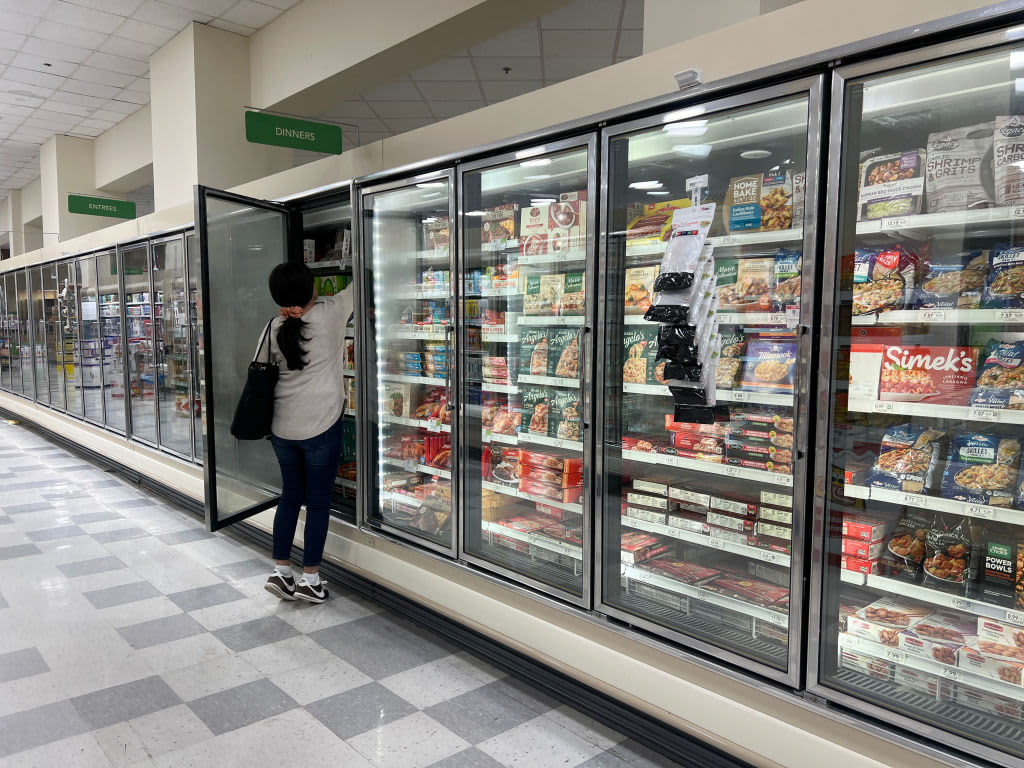The expected key Fed inflation rate of 2.1% was achieved in September.

The Commerce Department reported on Thursday that inflation in September slightly increased and came closer to the Federal Reserve's target.
The PCE price index increased by 0.2% in the month, with a 12-month inflation rate of 2.1%, in line with Dow Jones estimates. The Fed uses the PCE reading as its primary inflation gauge, but policymakers also monitor other indicators.
Officials aim to keep inflation at a 2% annual rate, which they have not achieved since February 2021. The September headline rate was 0.2 percentage points lower than August.
Despite the central bank's progress towards its goal, the inflation rate was 2.7% when excluding food and energy, as the core measure increased by 0.3% monthly. The annual rate was 0.1 percentage point higher than the forecast, but it was the same as in August.
While services prices increased by 0.3%, goods prices decreased by 0.1%, resulting in the fourth consecutive deflation for the category in the past five months. Housing prices also saw a slight decrease, rising only 0.3%, while energy goods and services experienced a decline of 2%.
The Fed is expected to cut its benchmark short-term borrowing rate when it meets next week, following a half percentage point reduction in September, which was an almost unprecedented move during an economic expansion.
While policymakers are optimistic that inflation will return to its target, they are also concerned about the labor market's condition, despite most indicators indicating that hiring is ongoing and layoffs are minimal.
On Thursday morning, a report reaffirmed the idea that businesses are generally retaining their employees.
The number of initial unemployment benefit filings for the week ending Oct. 26 was 216,000, a decrease of 12,000 from the previous period, and below the forecast of 230,000, as reported by the Labor Department.
Although concerns about inflation persisted, the Commerce Department's monthly report indicated that both income and spending remained stable.
While personal income increased by 0.3%, it was slightly higher than the August number and in line with expectations. However, consumer spending rose by 0.5%, surpassing the forecast by 0.1 percentage point.
The Bureau of Labor Statistics reported that the employment cost index increased 0.8% in the third quarter, which is 0.1 percentage below the forecast. On a 12-month basis, the index, which measures wages, salaries and benefits, increased 3.9%, compared to a 2.4% increase in the consumer price index, another widely followed inflation measure.
This is breaking news. Please check back for updates.
Markets
You might also like
- Delinquencies are on the rise while a record number of consumers are making minimum credit card payments.
- U.S. economy state weighs on little changed treasury yields.
- European markets predicted to sustain positive growth.
- Trump hints at imposing a 10% tariff on China starting in February.
- David Einhorn believes we are currently in the "Fartcoin" phase of the market cycle.



















